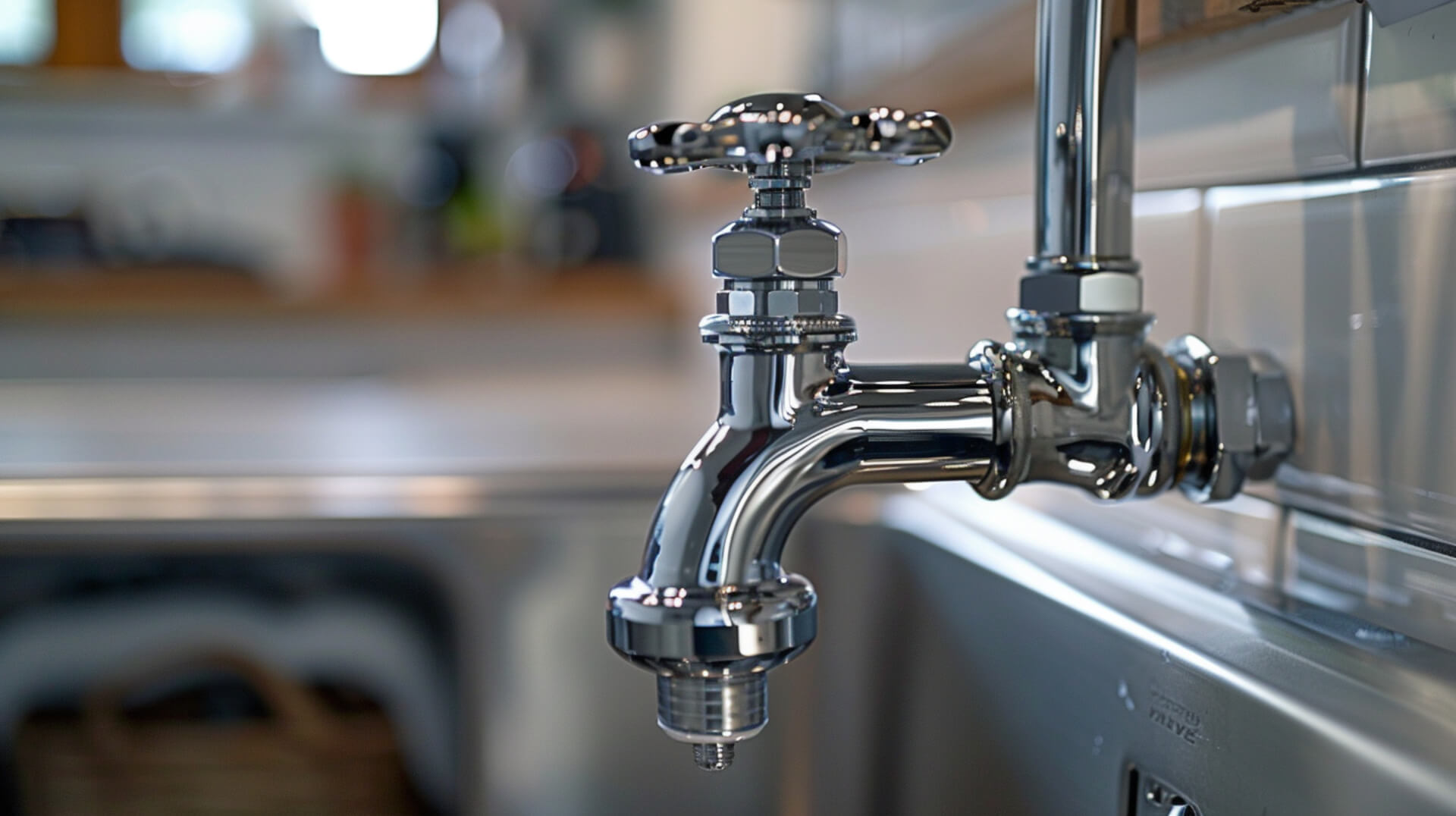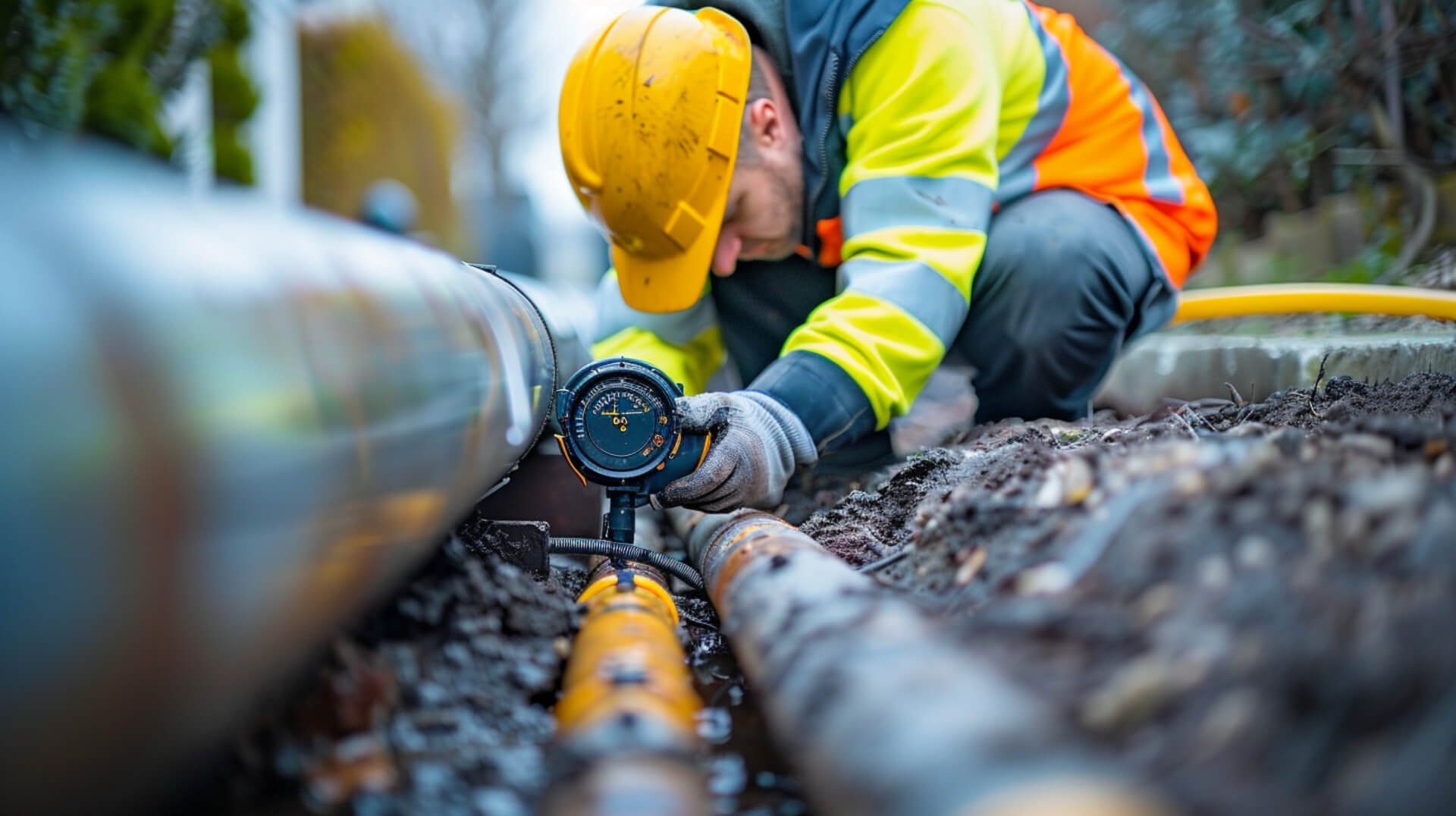 What Are Drainage Sond And Trace Services
What Are Drainage Sond And Trace Services
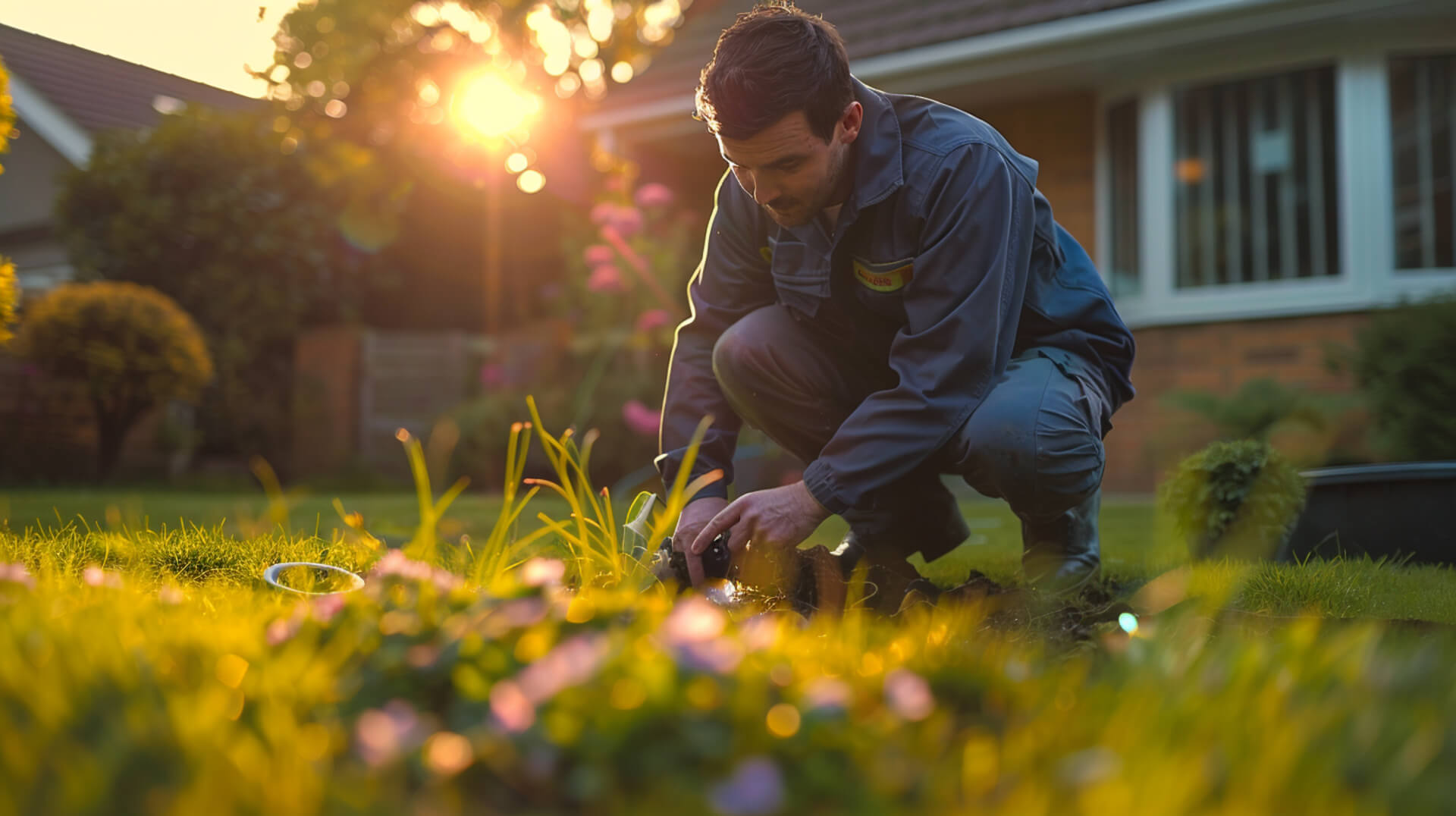
Drainage Sonde and Trace Services are specialised techniques used in the management and maintenance of drainage systems. These services employ sonar technology to locate and map underground drainage networks with precision, offering a non-invasive alternative to traditional excavation methods.
The Basic Principles of Sonde and Trace Services
Sonde and Trace Services utilise a sondea small, battery-powered transmitterplaced within a drain or sewer. The sonde emits high-frequency sound waves that are detected by a receiver above ground. This technology allows for the precise mapping of underground drainage systems, including the depth and location of pipes.
Importance in Property Management
For property owners, business owners, and facility managers, understanding the layout and condition of drainage systems is crucial. These services provide a critical tool for diagnosing issues, planning construction projects, and preventing potential damage to underground infrastructure.
Differentiation from Traditional Methods
Unlike traditional drainage inspection methods, such as CCTV surveys, Sonde and Trace Services do not require visual access to the pipes. This makes them particularly useful for locating non-metallic pipes or ducts that are not easily visible or accessible.
Coverage of Technology and Applications
This guide will delve into the operational aspects of Sonde and Trace Services, their applications in various scenarios, and the benefits they offer over conventional inspection methods. You’ll gain insight into how these services can aid in efficient project planning, compliance with regulations, and the avoidance of costly repairs due to undetected drainage issues.
Understanding Sonar Technology in Drainage Services
The Application of Sonar in Drainage
Sonar technology, primarily known for its use in marine navigation, has been adapted for drainage services to provide precise mapping of underground structures. By emitting high-frequency sound waves, sonar equipment can detect variations in the subsurface environment, which is essential for identifying the location and depth of drainage systems.
High-Frequency Sound Waves for Mapping
The high-frequency sound waves used in sonar technology are pivotal for creating detailed images of underground drainage layouts. These sound waves travel through the ground and reflect back to the receiver when they encounter a change in material, such as the transition from soil to a pipe. This reflection is then used to map the drainage system accurately.
Sonar Versus CCTV in Drainage Inspection
While Closed-Circuit Television (CCTV) inspections provide visual confirmation of structural conditions within drains, sonar technology offers a different set of advantages. Unlike CCTV, sonar can determine the depth and location of pipes without visual access, which is particularly useful for non-metallic drains or ducts that are not easily visible.
Enhancing Diagnostic Accuracy with Sonar
Sonar technology enhances the accuracy of drainage diagnostics by allowing for the assessment of conditions that are not immediately visible. It is especially effective in tracing the paths of hidden water pipes and can exclude materials like asbestos, which are hazardous to health. This capability ensures that diagnostics are not only accurate but also safe for both the environment and service personnel.
The Role of SOND Transmitters in Drainage Tracing
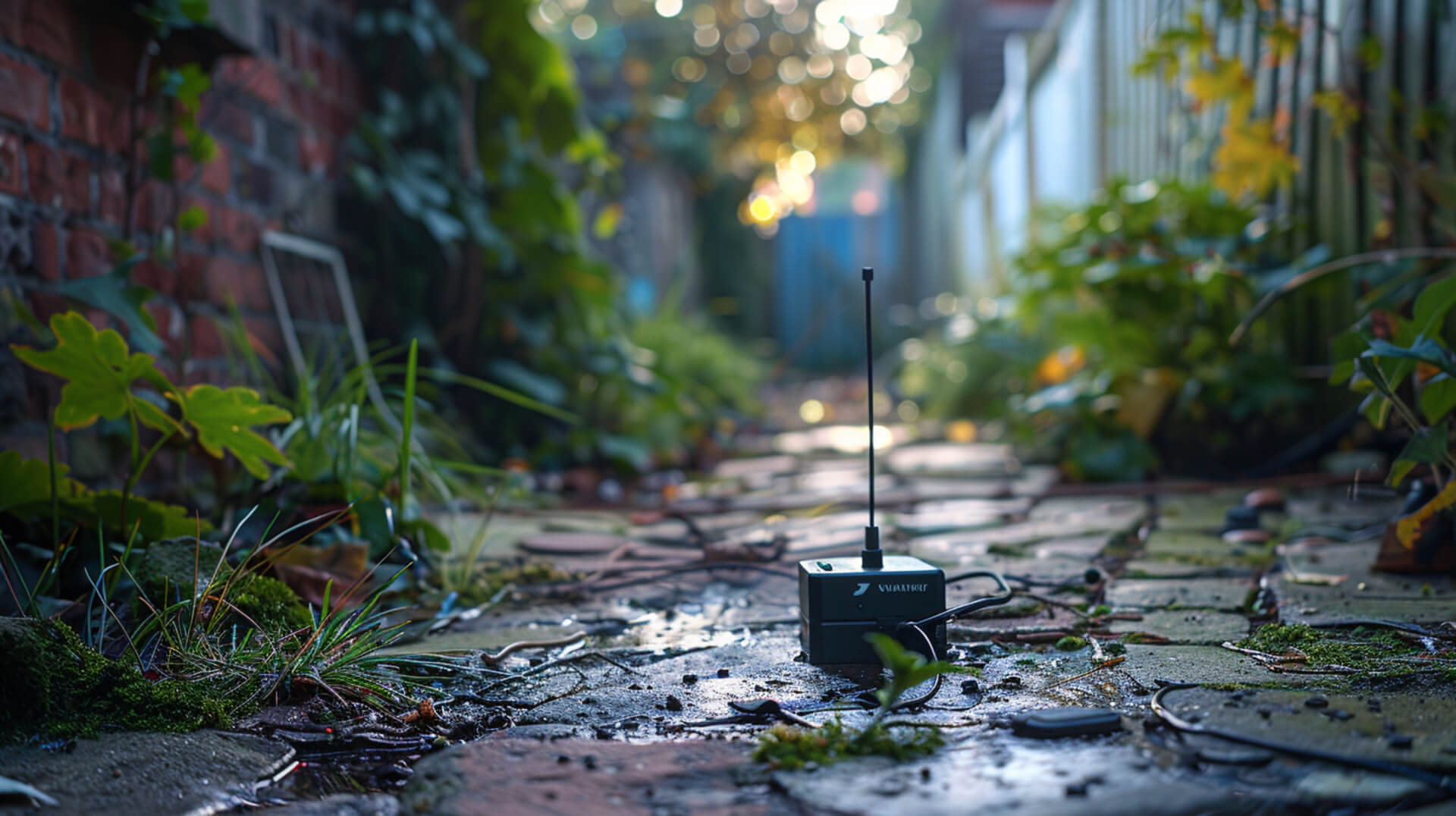
Functionality of SOND Transmitters
SOND transmitters, small electronic devices, are integral to the process of sonar drainage tracing. They are introduced into non-metallic drains and ducts, where they emit signals that can be detected by a receiver above ground. This technology allows for the precise location of underground utilities without excavation.
Tracing Non-Metallic Drains and Ducts
SOND transmitters are particularly effective in tracing non-metallic drains and ducts, which are otherwise challenging to detect due to their non-conductive nature. By emitting a distinct signal, these transmitters enable the accurate mapping of such utilities, ensuring that all components of a drainage system are accounted for.
Accurate Depth and Position Determination
The strength of the signal from a SOND transmitter provides reliable data on the depth and position of the drain or duct. This information is crucial for planning construction projects, avoiding accidental damage to existing infrastructure, and diagnosing subsurface drainage issues.
Contribution to Environmental Safety
By facilitating the detection of underground utilities without the need for invasive methods, SOND transmitters contribute to environmental safety. Their use helps to avoid disturbing soil that may contain hazardous materials like asbestos, thereby protecting both the environment and the health of workers.
Comprehensive Applications of Drainage Sond and Trace Services
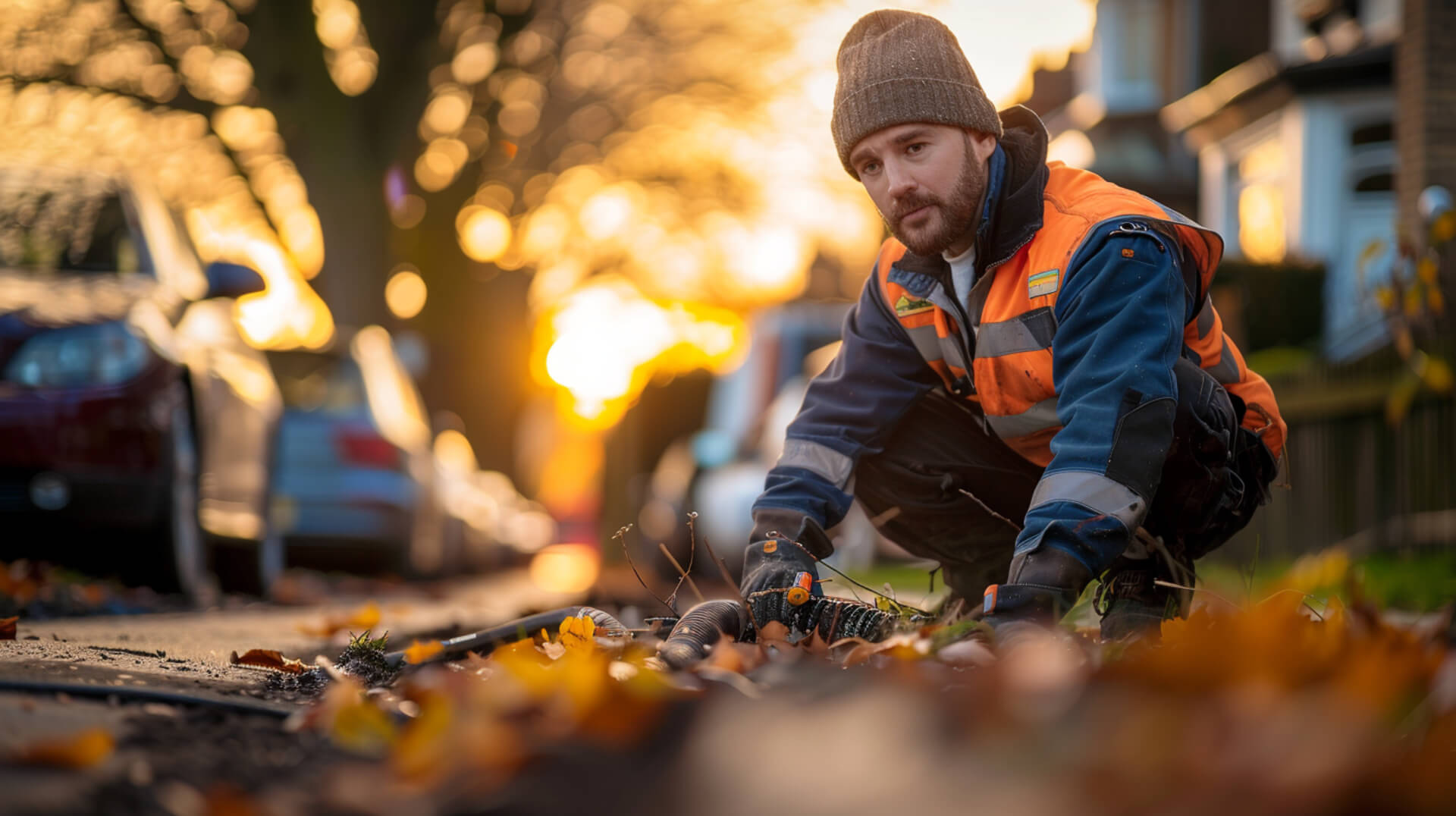
Utility in Construction and Planning
Drainage Sond and Trace Services are particularly beneficial in various construction scenarios. They are instrumental in:
- Pre-planning for Construction Projects: These services enable accurate mapping of existing underground infrastructure, which is crucial for any new construction or extension work. By knowing the precise location of drains and pipes, you can plan your project to avoid them, thereby preventing costly damages and delays.
- Uncovering Hidden Manholes: Often, manholes can be buried or obscured during previous construction work. Sonar technology assists in locating these without the need for random, disruptive digging.
Ensuring Compliance and Safety
- Compliance with Regulations: Drainage Sond and Trace Services play a vital role in ensuring that construction and renovation work complies with building and environmental regulations. Accurate mapping helps in adhering to codes that protect underground utilities and the environment.
- Identifying Illegal Connections and Risks: These services are also used to detect unauthorised connections to the drainage system, which can lead to legal and environmental issues. Additionally, they can identify areas at risk of subsidence, allowing for preventative measures to be taken before any damage occurs.
Benefits of Utilising Drainage Sond and Trace Services
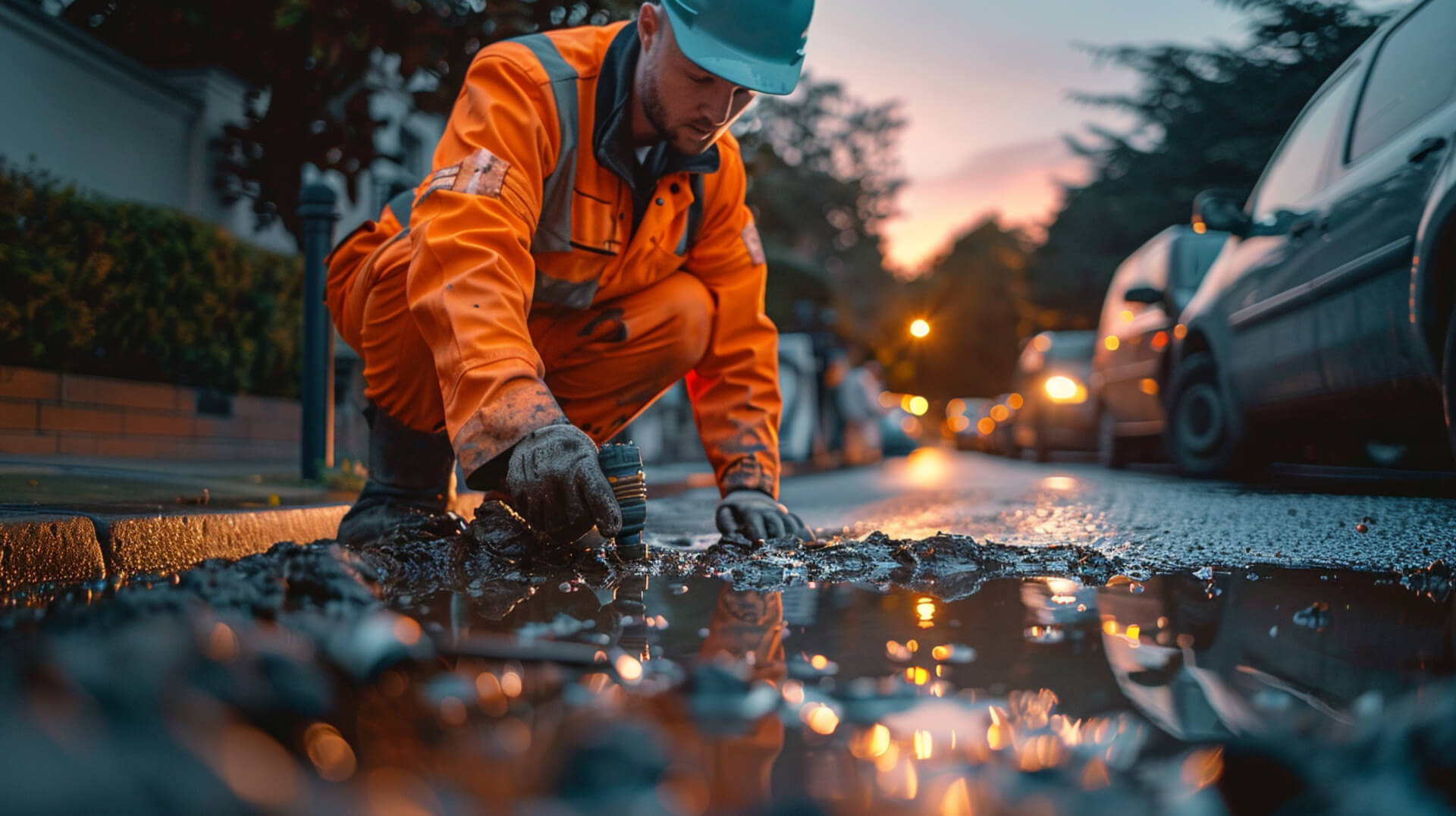
Advantages Over Traditional Methods
Drainage Sond and Trace Services offer several advantages over traditional inspection methods:
- Precision: These services provide precise mapping of underground drainage systems, which is often not possible with conventional methods like visual inspections.
- Non-Invasiveness: Unlike methods that require excavation, sonar technology can locate drains and assess their condition without disturbing the ground.
Time and Cost Efficiency
The use of Drainage Sond and Trace Services can lead to significant time and cost savings:
- Reduced Excavation: By accurately locating underground utilities, these services minimise the need for extensive and costly excavation work.
- Preventative Measures: Early detection of potential issues allows for timely interventions, avoiding more significant expenses associated with major repairs.
Prevention of Subsidence and Costly Repairs
- Subsidence Mitigation: Accurate mapping helps in identifying areas at risk of subsidence, allowing for preventative measures to be implemented before any structural damage occurs.
Environmental and Health Safety
- Non-Chemical Methods: These services often use non-chemical cleaning methods, which are safer for both the environment and public health, reducing the risks associated with toxic chemical use.
Comparative Analysis: Sonar Technology vs. CCTV in Drainage Inspection
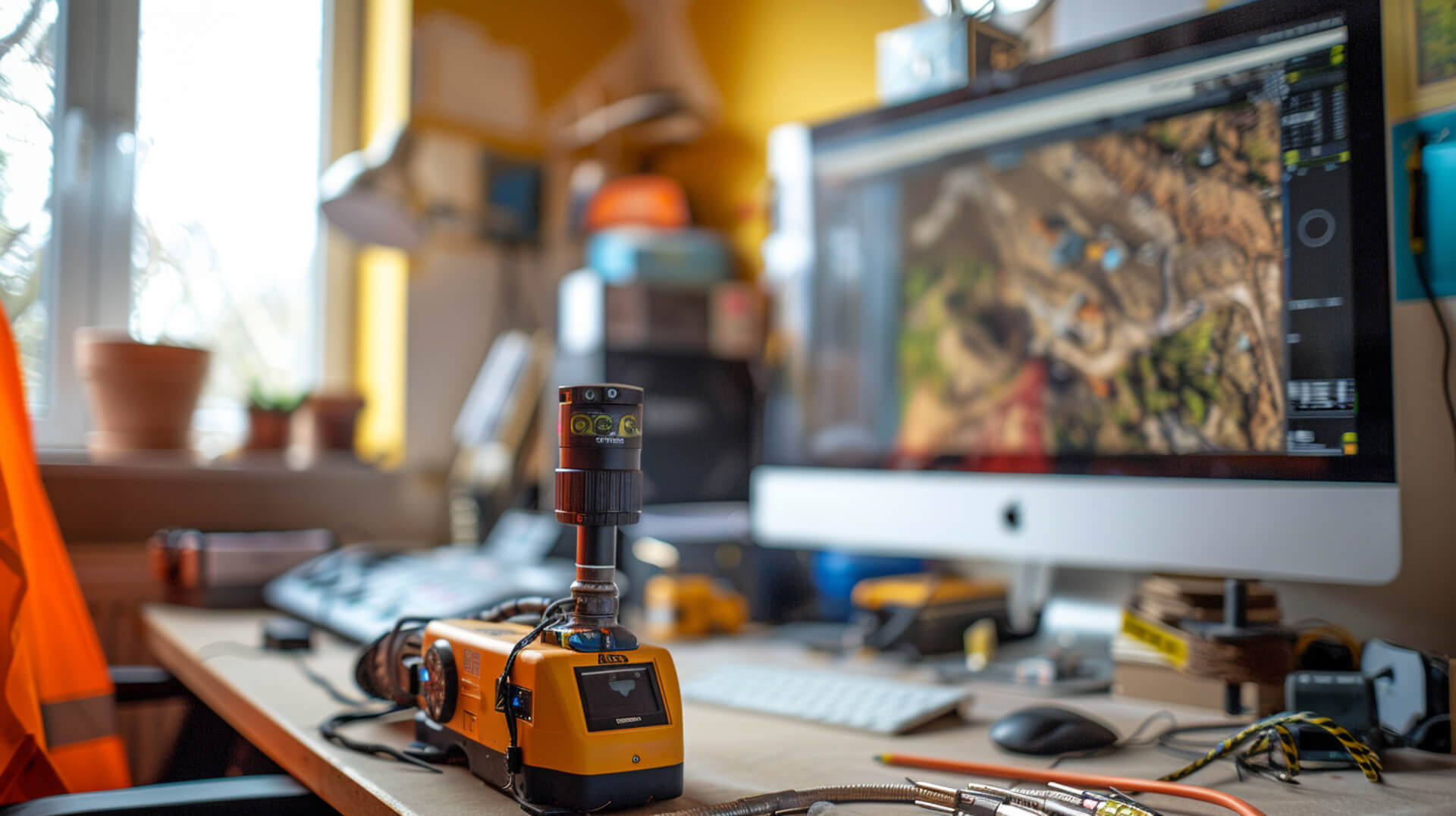
Depth and Location Mapping with Sonar
Sonar technology excels in mapping the depth and location of drainage systems. Unlike visual methods, sonar can penetrate the ground to provide a clear picture of what lies beneath without the need for direct line-of-sight. This makes it invaluable for locating pipes and other features in complex subsurface environments.
Strengths of CCTV in Visual Inspection
CCTV inspections offer a different set of strengths, primarily the ability to visually inspect the internal condition of pipes. This method is particularly useful for identifying blockages, structural damage, and other issues that require a direct visual assessment.
The Merits of a Combined Approach
For a comprehensive analysis of drainage systems, a combined approach using both sonar and CCTV technologies is often recommended. Sonar provides the location and depth, while CCTV gives a visual assessment, together offering a complete picture of the drainage system’s health.
Enhanced Diagnostic Accuracy
Integrating sonar and CCTV technologies leads to enhanced diagnostic accuracy. By combining the strengths of both methods, professionals can diagnose issues more precisely and develop targeted solutions, ensuring the longevity and proper function of drainage infrastructure.
Selecting a Professional Drainage Sond and Trace Service Provider
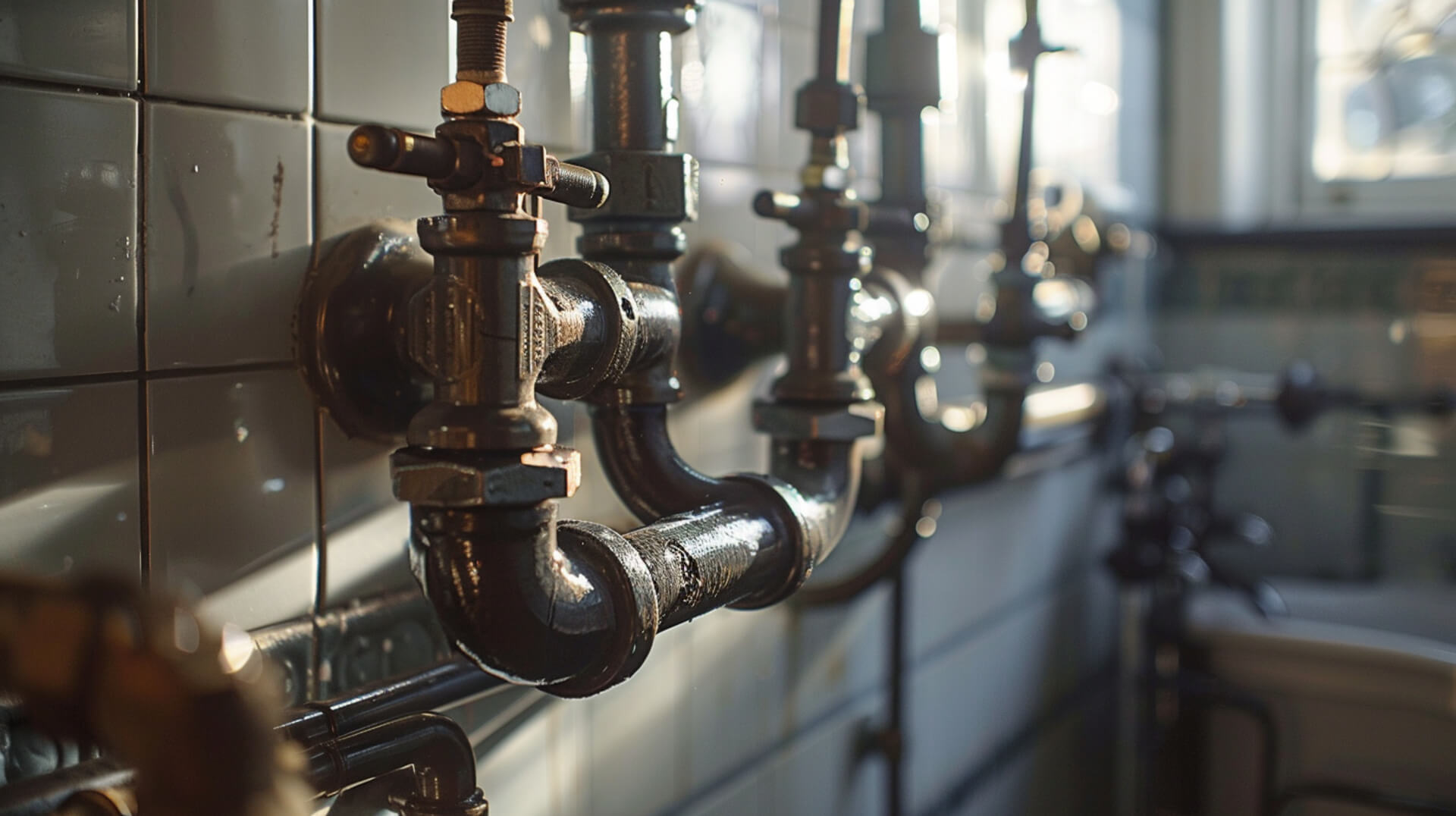
When choosing a provider for Drainage Sond and Trace Services, it is essential to consider several key factors to ensure that the service you receive is professional, reliable, and effective.
Qualifications and Certifications
Providers should have the necessary qualifications and certifications to perform drainage services. Look for:
- NADC Registration: The National Association of Drainage Contractors (NADC) ensures members adhere to strict standards.
- Checkatrade Approval: This indicates that the provider has been vetted and is deemed trustworthy by an independent service.
Experience and Reliability
Experience and a solid reputation are indicators of a provider’s reliability. Consider:
- Years in Business: Long-standing companies are likely to have more experience and a track record you can review.
- Customer Feedback: Look for testimonials and reviews to gauge past customer satisfaction.
Reputable Service Providers
Reputable service providers such as Express Drainage Solutions, Drain Detectives, and Leakbusters distinguish themselves through:
- Comprehensive Services: Offering a wide range of services, including emergency response and aftercare.
- Expertise: Employing skilled professionals who are adept at using the latest sonar technology.
- Service Area: Providing services across a broad geographic area to cater to more customers.
When selecting a service provider, ensure they meet these criteria to guarantee a high standard of service for your drainage system needs.
Cost Considerations for Drainage Sond and Trace Services

Understanding Survey Pricing
When considering Drainage Sond and Trace Services, you should be aware of the typical cost range, which can vary from 90 to 500. Several factors influence this pricing, including:
- Complexity of the Drainage System: More intricate systems may require additional time and advanced technology to map accurately.
- Extent of the Survey: Larger areas will generally increase the cost due to the additional time and resources needed.
- Location: Accessibility and geographical location can affect the overall price due to travel time and equipment transport costs.
The Pitfalls of DIY Drainage Surveys
DIY surveys are generally not recommended due to the specialised equipment and expertise required. Professional services offer:
- Specialised Sonar Equipment: This technology is not typically available to the general public and requires trained operators.
- Expert Analysis: Professionals provide accurate interpretations of sonar data, which is critical for precise diagnostics.
Risks of Chemical Cleaners and Professional Mitigation
Chemical cleaners pose financial and safety risks, including potential damage to pipes and harm to the environment. Professional services mitigate these risks by using:
- Non-Chemical Cleaning Methods: These are safer for both the drainage system and the surrounding ecosystem.
- Expert Handling: Professionals are trained in the safe use and disposal of any necessary chemicals, ensuring compliance with health and safety regulations.
Legislative and Compliance Aspects of Drainage Services
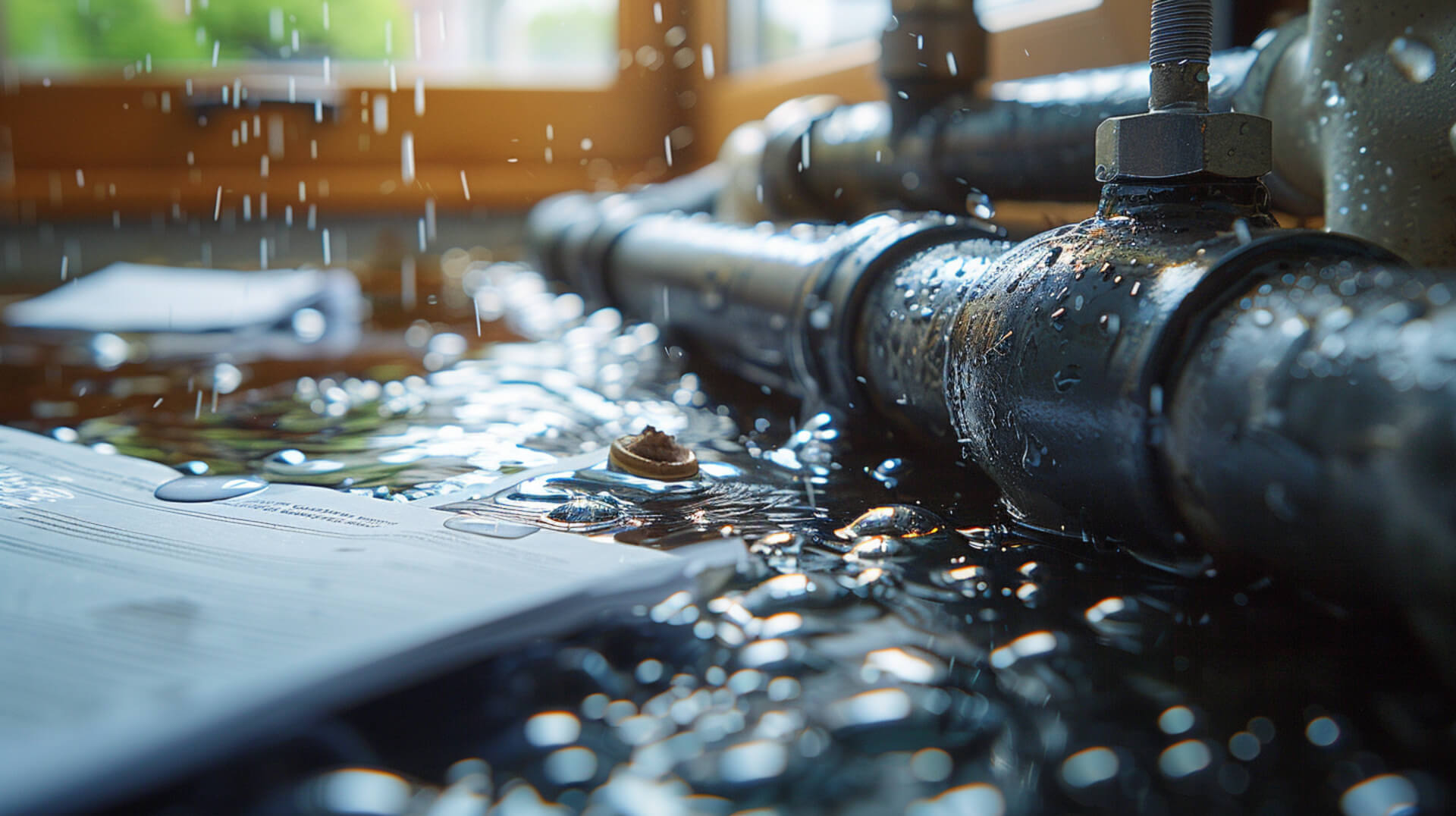
Impact of Legislative Changes on Drainage Responsibilities
Recent legislative changes have redefined the responsibilities for drains and sewers, often transferring some of the maintenance obligations from property owners to local water authorities. It is crucial for you to understand how these changes may affect your property and to ensure compliance with the current regulations.
Role of Drainage Services in Identifying Illegal Connections
Drainage Sond and Trace Services are instrumental in detecting unauthorised or illegal connections to the sewer system. These connections can lead to significant legal and environmental issues, and identifying them is essential for maintaining the integrity of the public drainage network.
Importance of Pre-Purchase Surveys for Homebuyers
For homebuyers, pre-purchase drainage surveys have become an essential part of the property acquisition process. These surveys can reveal hidden issues that may affect the property’s value and are often required by mortgage lenders to protect their investment.
Ensuring Compliance with Local Authority Requirements
Drainage Sond and Trace Services ensure that any planned construction near sewers complies with local authority requirements. By accurately mapping the location of sewers, these services help in obtaining the necessary build-over agreements, preventing future legal complications and ensuring that construction projects proceed smoothly.
Advanced Techniques in Drainage Sond and Trace Services

Utilising Dye Testing and Tree Root Identification
In the realm of Drainage Sond and Trace Services, professionals often employ advanced techniques such as dye testing to determine the flow direction within pipes. This method is particularly useful in complex drainage networks where tracing the path of water can be challenging. Additionally, the identification of tree roots, which can cause significant damage to drainage systems, is a critical service offered. These roots are detected through careful analysis, ensuring that preventative measures can be taken before they lead to blockages or structural damage.
Enhancing Efficiency with Sonde Accessories
Sonde accessories are designed to augment the functionality of sond transmitters, thereby enhancing the efficiency of tracing operations. These accessories can improve signal strength and precision, leading to more accurate location and depth readings. The terms governing the purchase and use of these accessories are typically outlined in the provider’s online store, ensuring that customers are well-informed about their options and the associated conditions.
Benefits of Geotechnical Investigations
Geotechnical investigations play a pivotal role in preventing subsidence, a common issue in areas with unstable soil. By assessing the soil’s properties, such as infiltration rates through soakaway tests, professionals can design drainage solutions that mitigate the risk of ground movement, thereby protecting structures from potential damage.
Addressing Drain Relocation with QuickBase Solutions
QuickBase solutions are often employed to address the challenges associated with drain relocation. These innovative approaches can circumvent the risks associated with subsidence and heave, which are particularly prevalent in Britain due to its varied weather conditions. By utilising these solutions, service providers can ensure the stability and integrity of drainage systems in the face of environmental changes.
Addressing Challenges in Drainage Sond and Trace Services

Overcoming Implementation Hurdles
Implementing Drainage Sond and Trace Services can present challenges, particularly when dealing with complex underground infrastructures. Service providers address these issues by:
- Utilising advanced sonar technology and SOND transmitters for precise location and depth mapping.
- Employing CCTV in conjunction to visually inspect and confirm sonar findings.
- Providing comprehensive training to technicians to ensure accurate diagnostics and effective problem-solving.
Mitigating Weather-Related Risks
In Britain, weather conditions can significantly impact the integrity of drainage systems, leading to subsidence and heave. Drainage Sond and Trace Services mitigate these risks by:
- Conducting thorough geotechnical investigations to assess soil stability.
- Performing soakaway tests to evaluate the infiltration rates and design appropriate drainage solutions.
- Offering QuickBase solutions for drain relocation to address and prevent subsidence issues.
Ensuring Accurate Mapping and Diagnostics
Accurate mapping and diagnostics are crucial for effective drainage management. Advanced technologies aid in overcoming these challenges by:
- Providing high-resolution images and data for detailed analysis.
- Enabling the detection of non-visible issues such as tree root intrusions and illegal connections.
Navigating Build-Over Agreements and Approvals
Service providers navigate the complexities of build-over agreements and local authority approvals by:
- Conducting comprehensive surveys to inform and support applications for construction near sewers.
- Liaising with local authorities to ensure all works meet regulatory standards and obtain necessary permissions.
Key Considerations for Drainage Sond and Trace Services
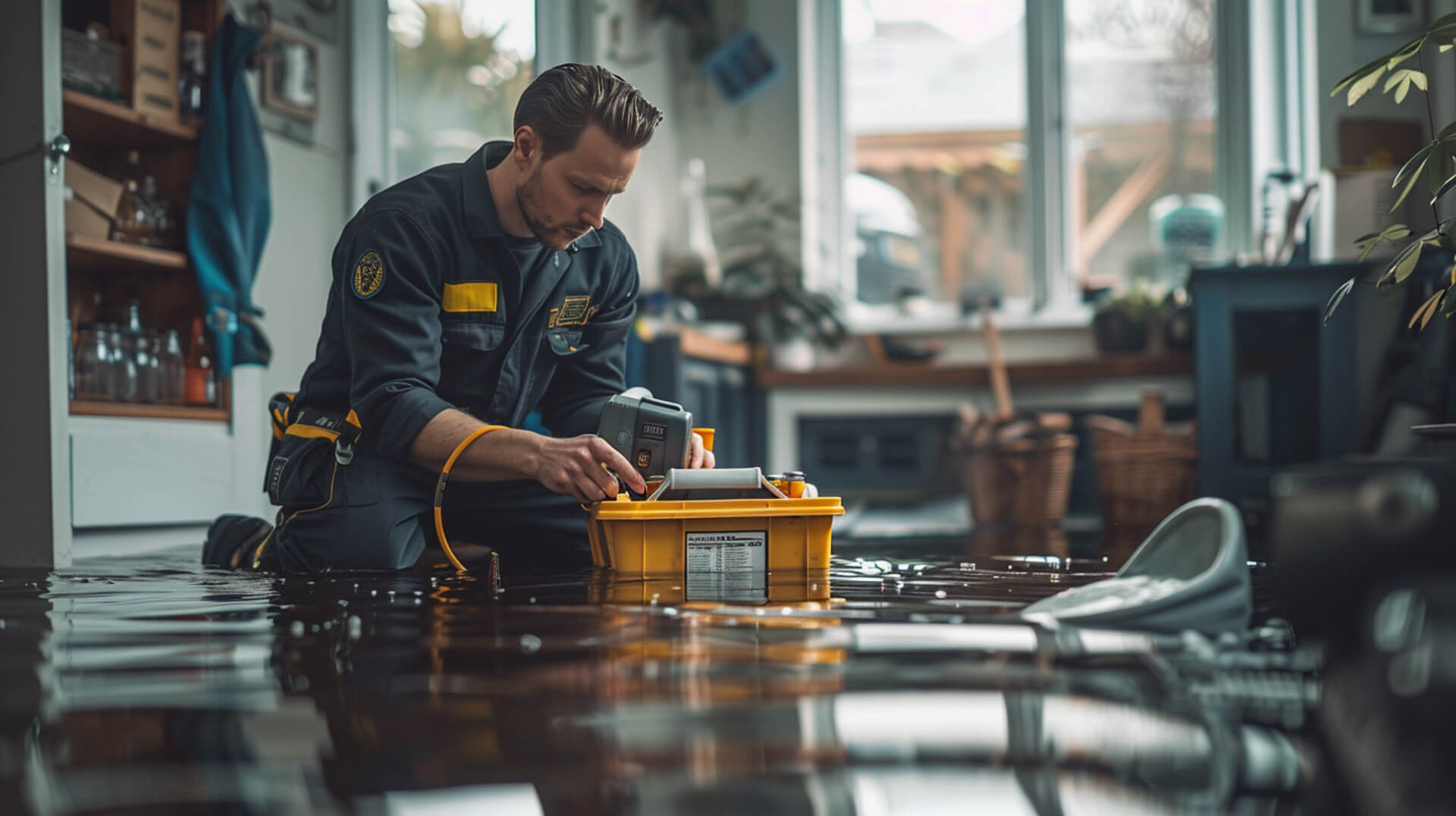
Drainage Sond and Trace Services are essential for efficient, safe, and compliant property management. These services offer a non-invasive solution to accurately locate and diagnose potential issues within drainage systems, which is crucial for:
- Preventing Damage: Avoiding unnecessary excavation and potential damage to underground utilities during construction or renovation projects.
- Cost-Effectiveness: Saving time and resources by pinpointing the exact location of problems, thus reducing the scope of repair work.
- Compliance: Ensuring that any construction or maintenance work meets the current legislative requirements and building regulations.
For property owners, business owners, and facility managers, the decision to utilise these services can significantly impact the long-term maintenance and value of their properties. It is vital to consider:
- Future Technological Developments: Advancements in sonar technology and data analysis could further enhance the precision and efficiency of these services.
- Legislative Changes: Ongoing updates to environmental and building regulations may necessitate more frequent and detailed drainage surveys.
By staying informed about these services and the evolving landscape in which they operate, stakeholders can ensure that their properties remain well-maintained, compliant, and structurally sound.

